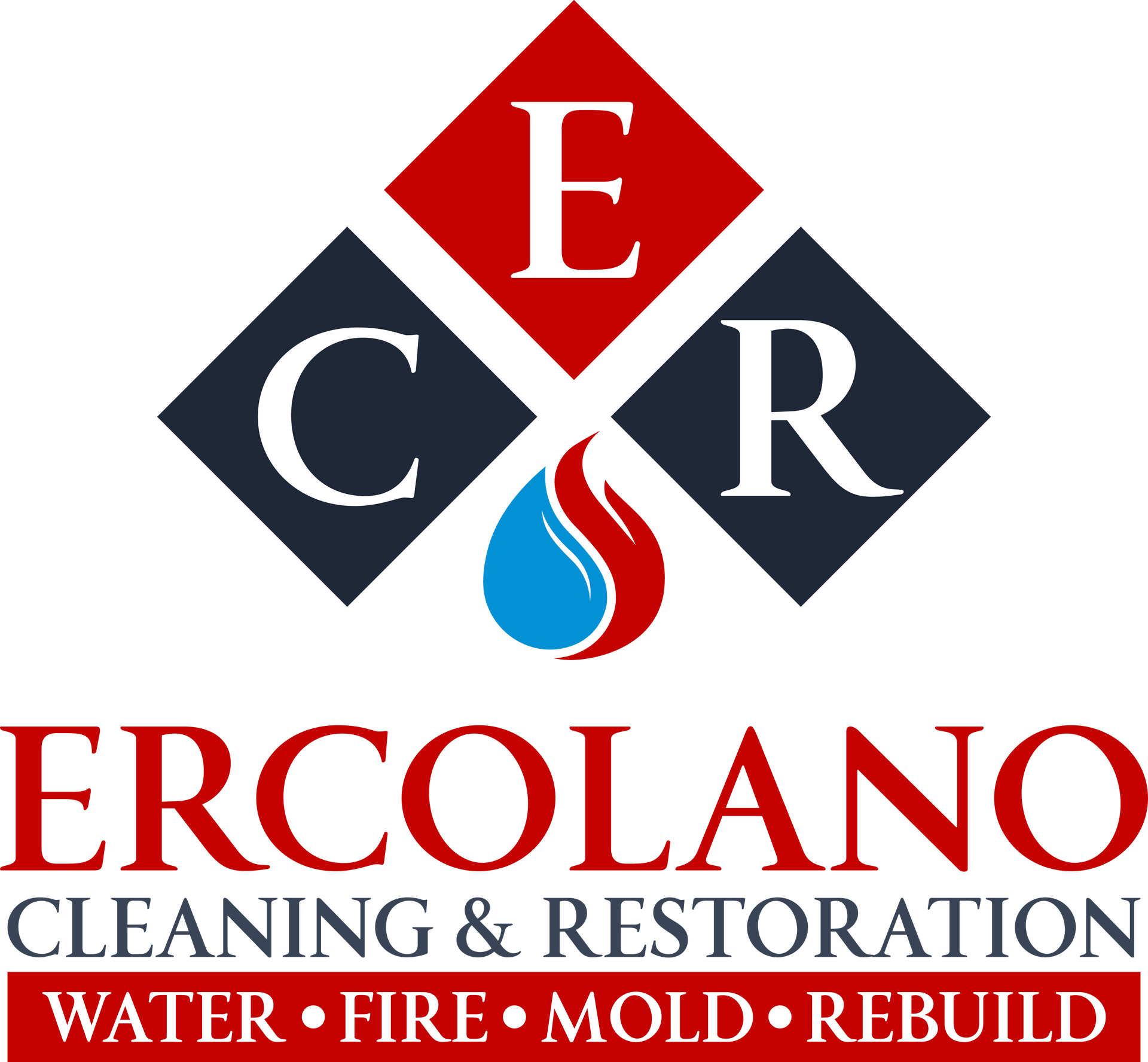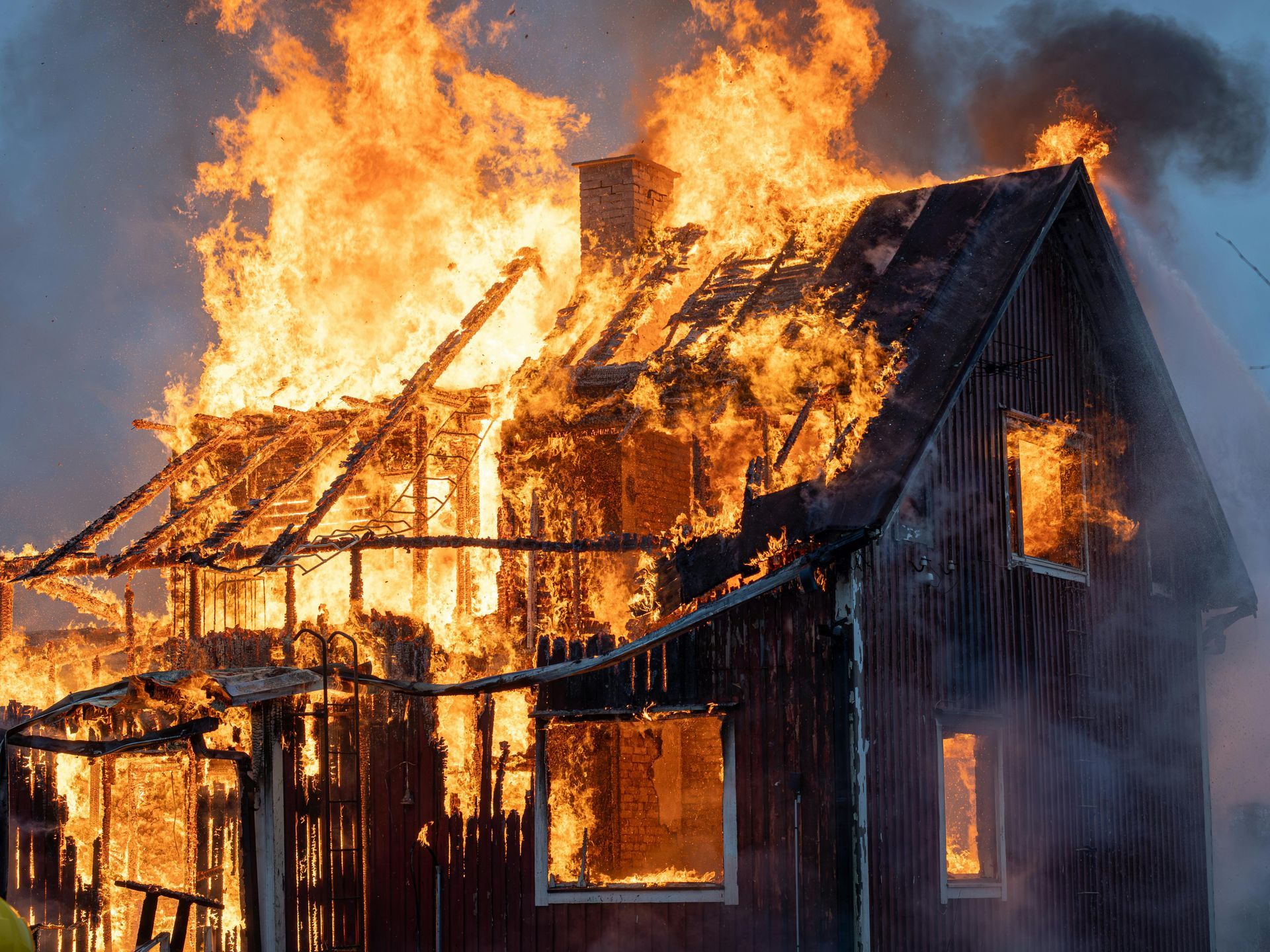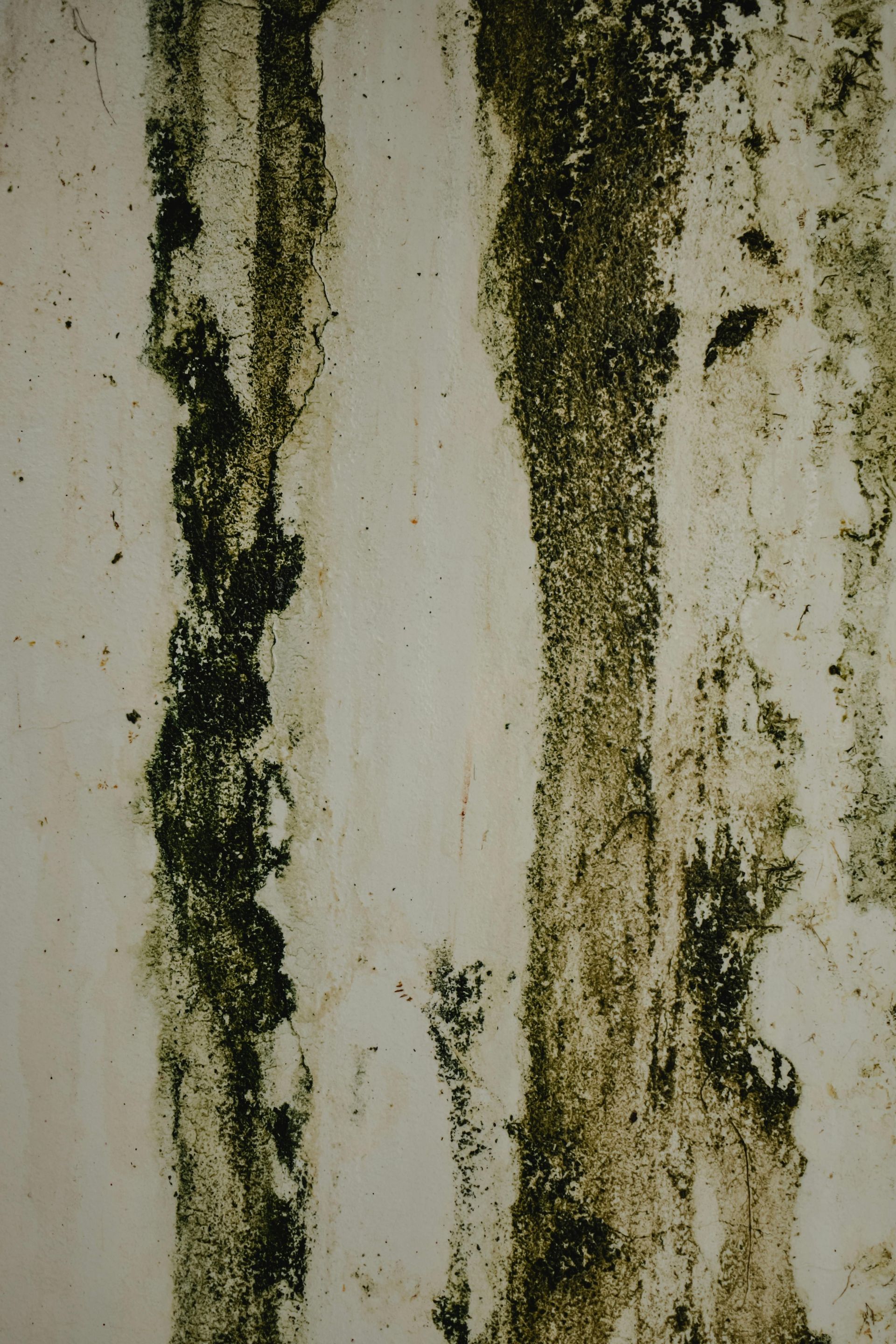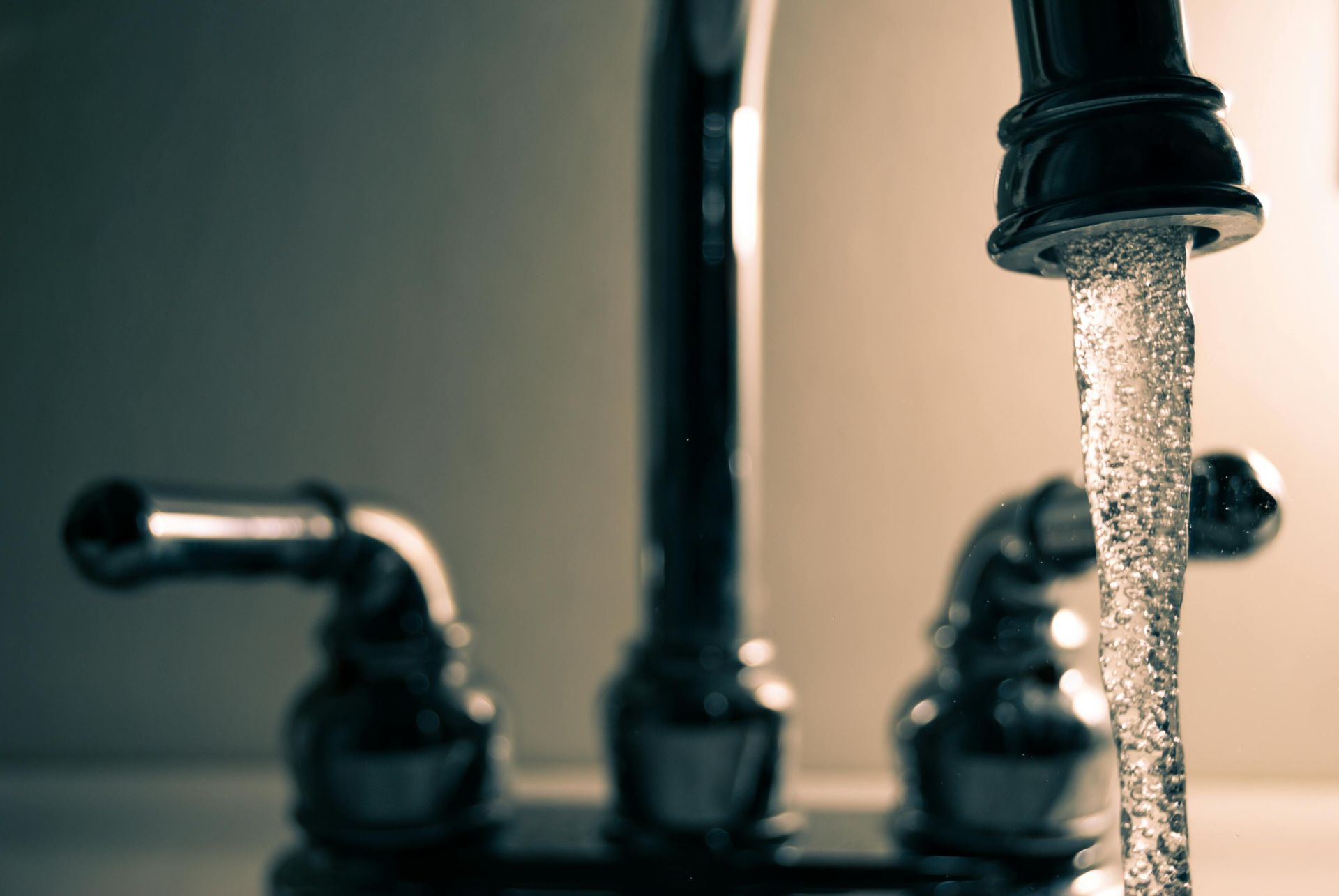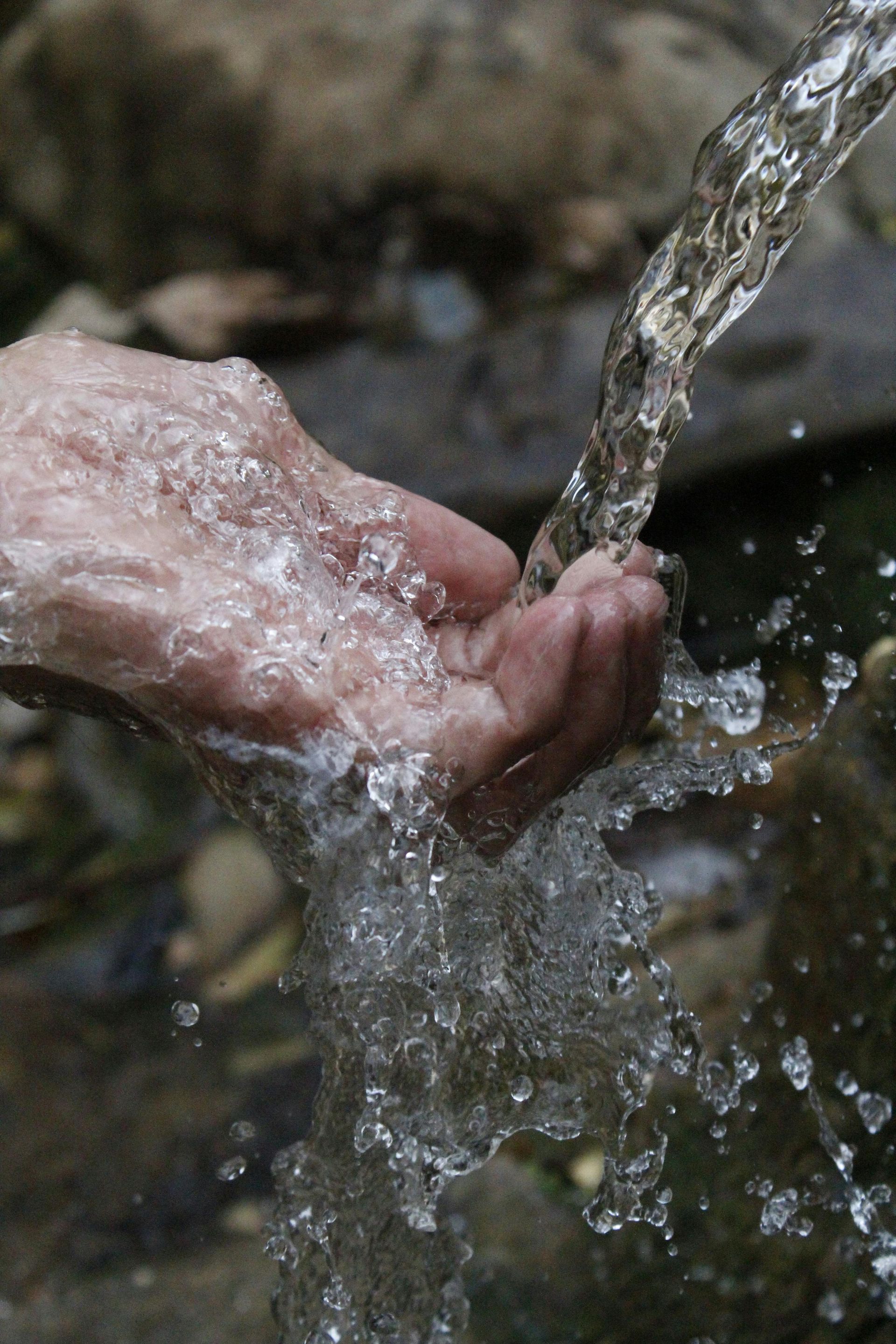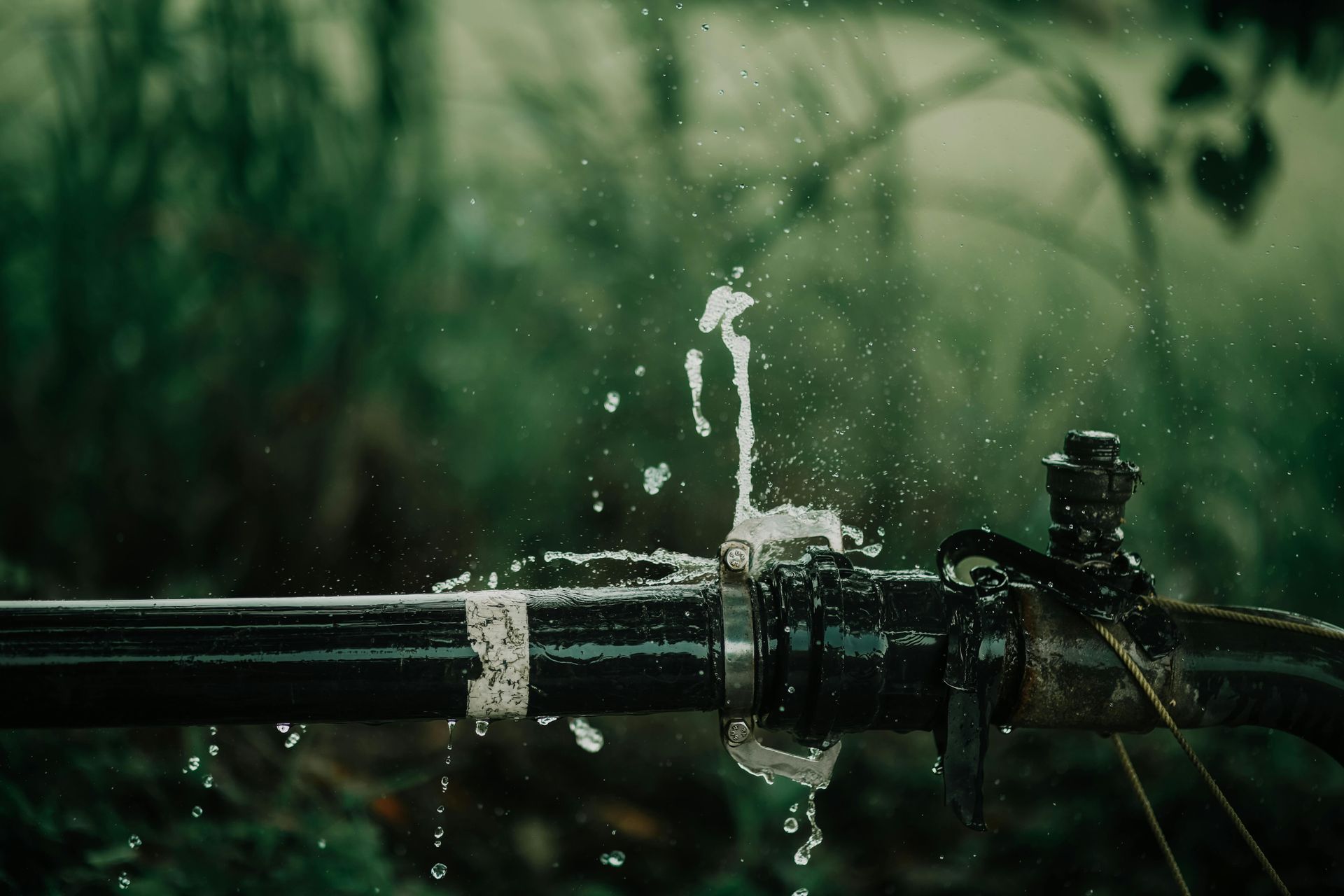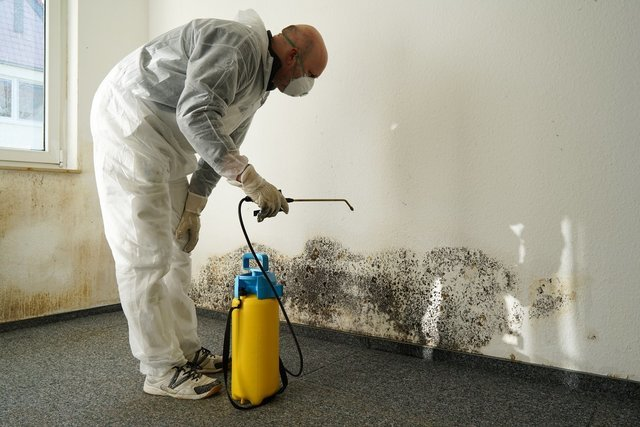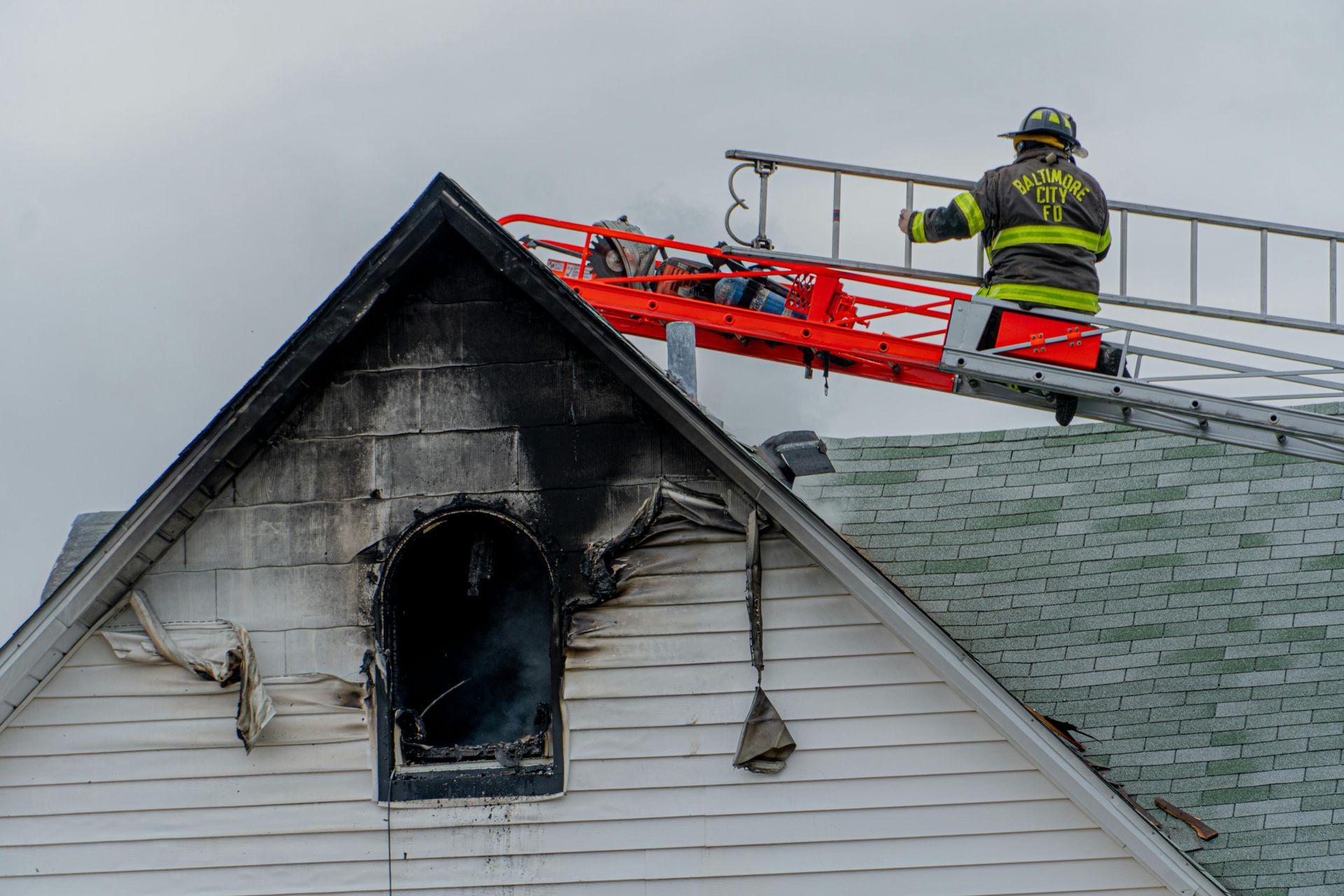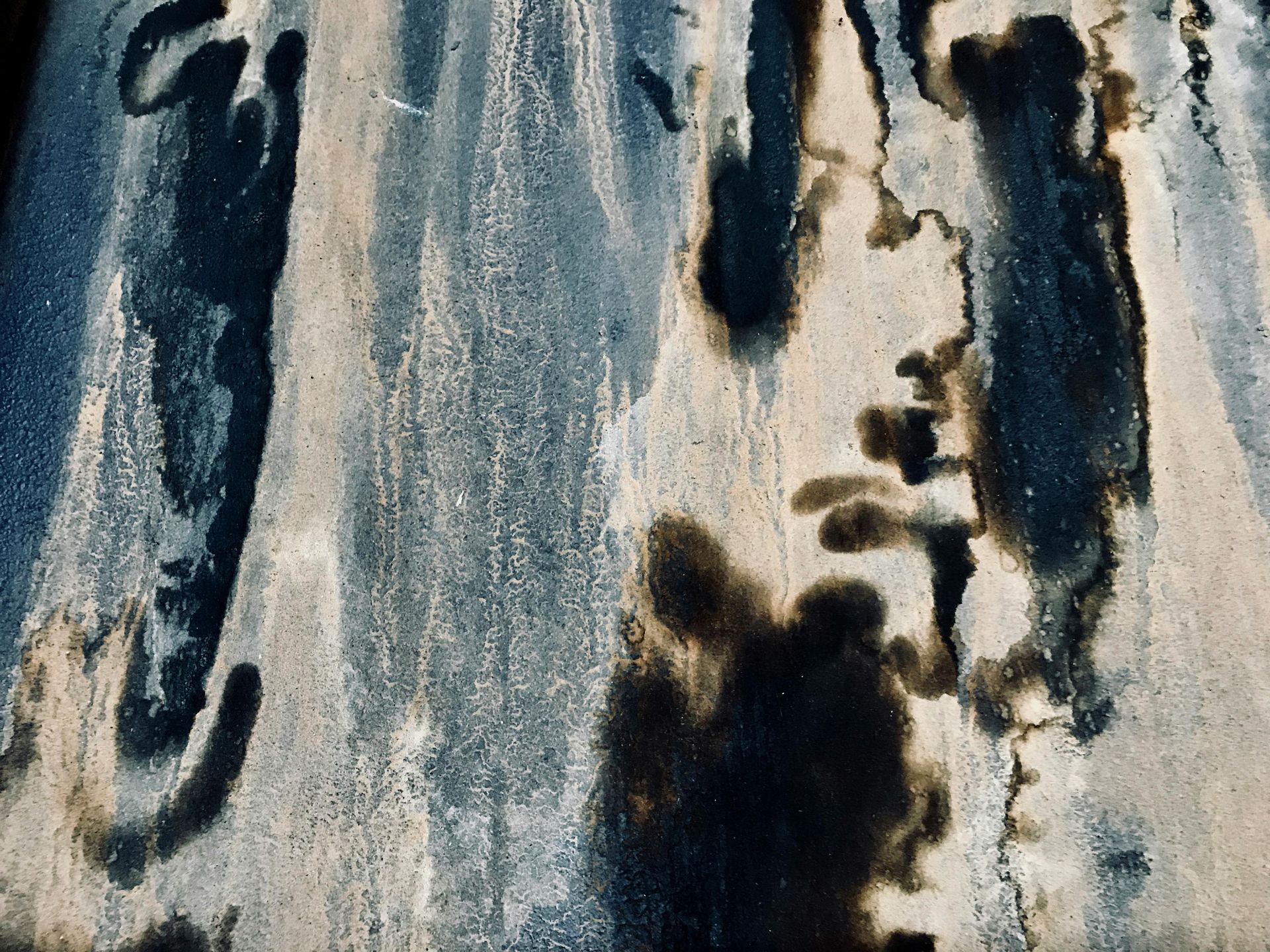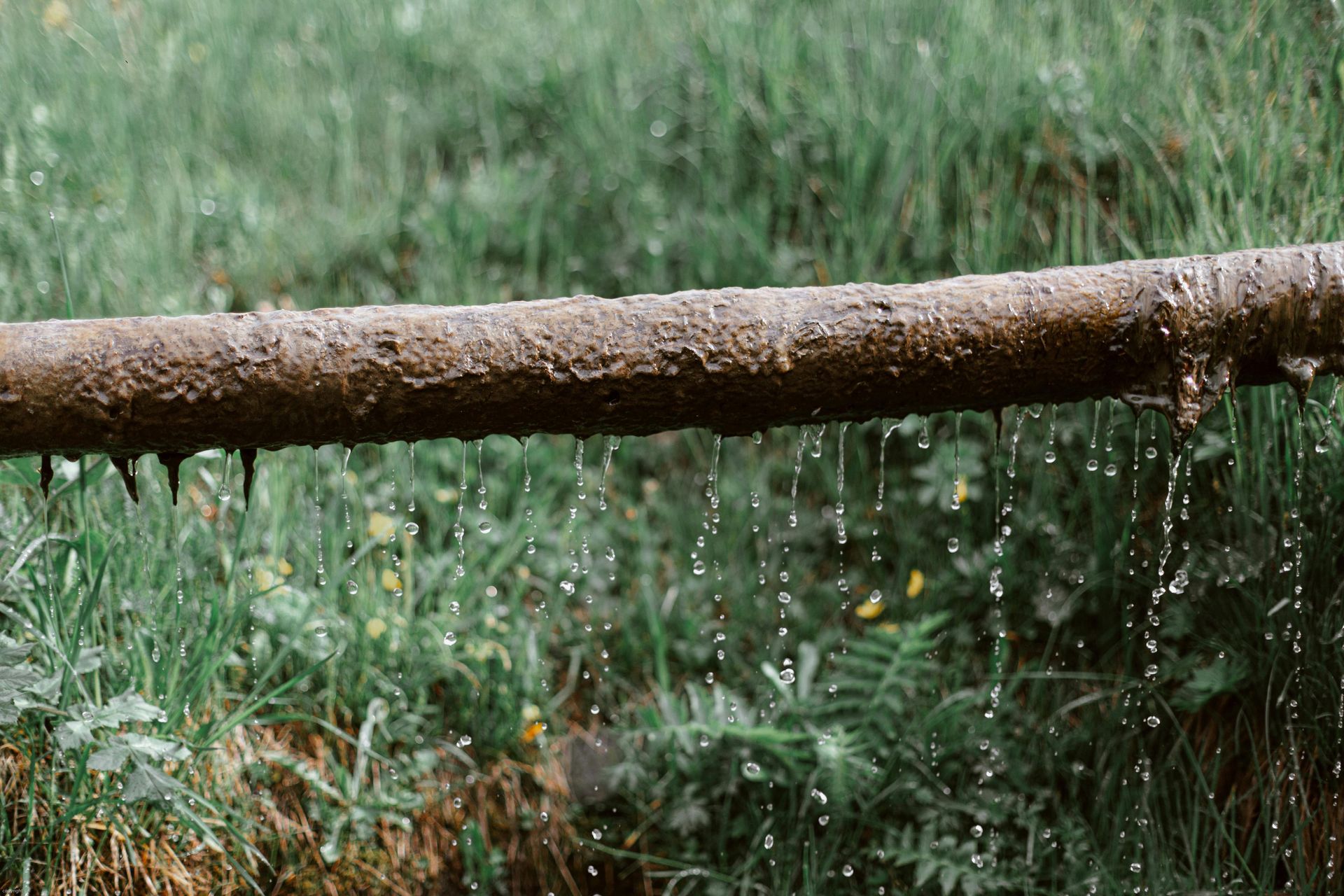How to Get Rid of Mold in Your Home
How to Get Rid of Mold in Your Home
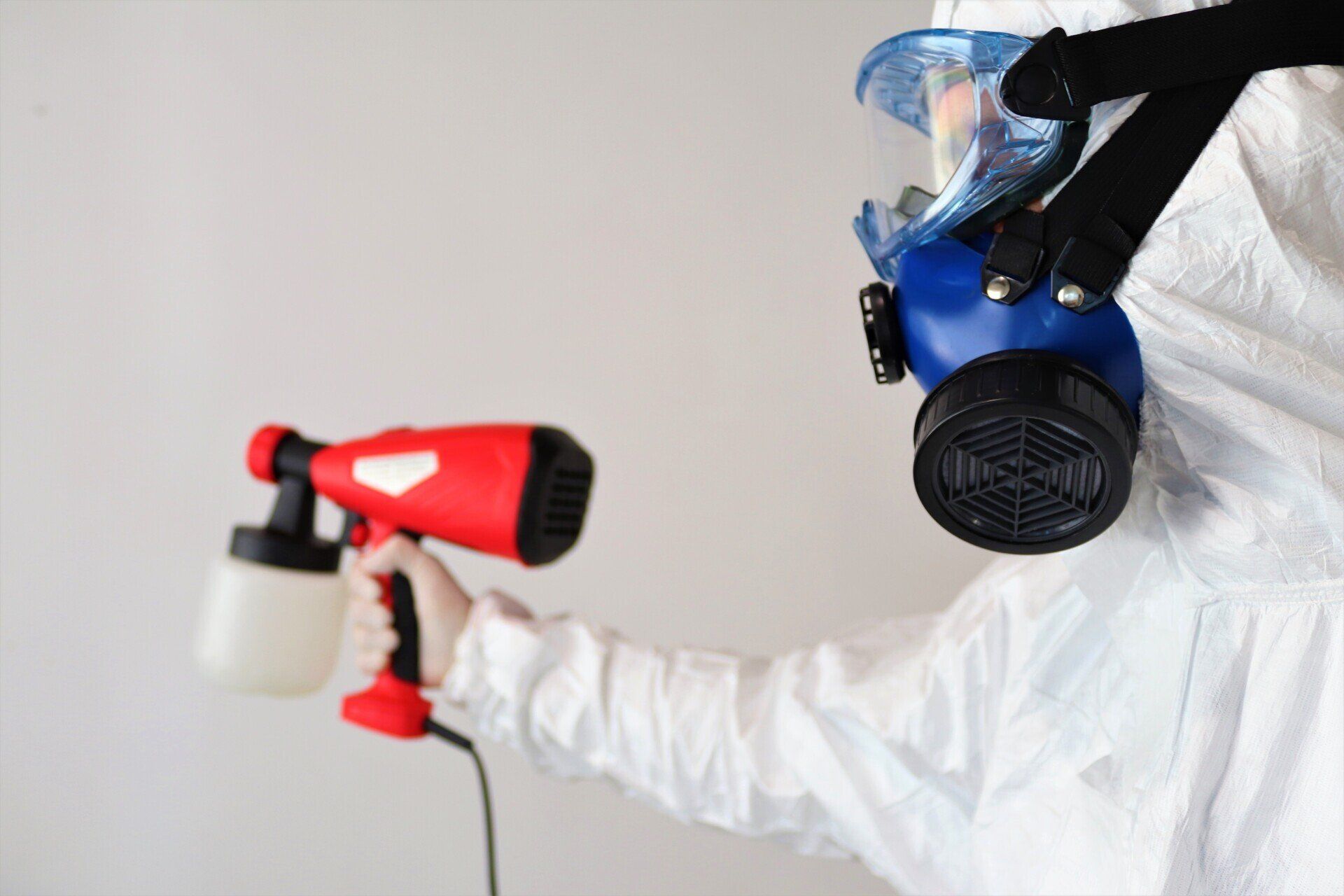
Mold growth in your home is more than just an aesthetic issue—it's a health hazard that can lead to respiratory problems, allergies, and other serious health concerns. Mold thrives in moist, warm environments, and left unchecked, it can spread quickly, compromising the integrity of your home and your well-being. If you’ve noticed mold in your home, it’s crucial to act swiftly to remove it. In this blog, we’ll outline effective steps to get rid of mold, from identifying the source of moisture to cleaning and preventing future growth.
1. Identify the Mold Problem Early
The first step in getting rid of mold is identifying its presence and determining the extent of the problem. Mold often grows in hidden areas, such as behind walls, under carpets, or in damp basements, making it important to look for signs beyond visible patches.
Signs of Mold in Your Home:
- Visible mold growth: Mold can appear as black, green, or white patches on walls, ceilings, or floors.
- Musty odors: A persistent, earthy smell in a room or area of your home could indicate mold growth.
- Water damage: Areas with water stains, leaks, or condensation are prime spots for mold development.
Once you’ve identified the mold, you should assess how widespread the growth is. If the mold covers a large area (greater than 10 square feet), it may be time to call in a professional mold remediation service.
2. Address the Moisture Problem
Mold cannot grow without moisture, so addressing the underlying moisture issue is a crucial step in eliminating mold for good. Identifying and fixing the moisture source will help prevent mold from returning after it’s been removed.
Common Causes of Moisture That Encourage Mold Growth:
- Leaks: Leaking pipes, roofs, or windows allow water to seep into walls and floors, creating a breeding ground for mold.
- High humidity: Areas with high humidity, like bathrooms and kitchens, are more prone to mold growth.
- Condensation: In colder months, condensation on windows and walls can provide enough moisture for mold to flourish.
Prevention Steps:
- Repair leaks promptly to prevent water from infiltrating your home.
- Use a dehumidifier in damp areas such as basements or bathrooms to keep moisture levels under control.
- Ventilate properly by opening windows or using exhaust fans in high-humidity areas to allow for proper airflow and reduce moisture.
By controlling the moisture levels in your home, you can significantly reduce the likelihood of mold growth.
3. Remove Mold from Hard Surfaces
Once the moisture issue is addressed, you can begin the cleaning process. Mold can usually be removed from hard surfaces such as tiles, glass, and countertops with the right cleaning solutions and techniques.
Effective Mold Removal Techniques:
- Soap and water: For small areas of mold on non-porous surfaces, using soap and warm water can help remove surface mold.
- Bleach: A diluted bleach solution (1 cup of bleach to 1 gallon of water) is effective in killing mold on hard surfaces, but be cautious about using bleach on porous materials.
- Vinegar or hydrogen peroxide: These are natural, non-toxic alternatives to bleach that can be effective at killing mold without emitting harmful fumes.
Steps to Clean Mold:
- Wear protective gear: Mold spores can be harmful to your health, so wear gloves, a mask, and goggles when cleaning mold.
- Scrub the surface: Use a scrubbing brush or sponge to scrub the mold off the affected area.
- Rinse and dry: After cleaning, rinse the area with clean water, then dry it thoroughly to prevent the mold from coming back.
4. Handle Porous Materials Carefully
Porous materials such as drywall, carpet, or insulation can absorb mold spores and moisture, making them much harder to clean effectively. In many cases, these materials may need to be replaced entirely to fully eliminate mold.
When to Replace Materials:
- Drywall: If mold has penetrated drywall, it is often best to cut out and replace the affected sections, as mold can grow deep within the material.
- Carpeting: Mold can become embedded in carpet fibers and padding. If the carpet is extensively moldy, it’s safer to replace it rather than attempt cleaning.
- Insulation: Insulation that has been affected by mold may need to be replaced to ensure proper air quality and prevent future issues.
When dealing with porous materials, it’s essential to ensure all affected areas are fully treated. If you’re unsure, consulting a mold remediation professional is the safest option.
5. Ventilate and Dry the Area Thoroughly
After mold is removed, proper ventilation is key to preventing future mold growth. Mold thrives in moist, poorly ventilated environments, so it’s essential to ensure that air circulates properly in affected areas.
How to Improve Ventilation:
- Open windows: If weather permits, open windows to allow fresh air to circulate and help dry out the space.
- Use fans: Place fans in the room to help speed up the drying process and improve air circulation.
- Dehumidifiers: In damp areas like basements, dehumidifiers can help maintain a dry environment that is less conducive to mold growth.
- Proper drying and ventilation are vital to preventing mold from returning after it’s been removed.
6. Prevent Future Mold Growth
The key to maintaining a mold-free home is prevention. By taking proactive steps, you can significantly reduce the chances of mold regrowing and spreading throughout your home.
Preventive Measures to Avoid Mold:
- Keep humidity levels low: Use dehumidifiers and air conditioners to maintain a humidity level below 60% in your home.
- Seal leaks and cracks: Inspect your home for leaks around windows, doors, and pipes, and seal them to prevent water from entering.
- Regularly clean areas prone to mold: Frequently clean areas like bathrooms and kitchens, which tend to accumulate moisture, to prevent mold buildup.
- Install mold-resistant products: Consider using mold-resistant paint, drywall, and insulation, especially in areas that are prone to moisture.
Taking these preventive steps will help you keep your home dry and free from mold for the long term.
7. When to Call a Professional
While DIY mold removal can be effective for small problems, large-scale mold infestations or issues in hard-to-reach areas may require professional assistance. A mold remediation expert can assess the damage, ensure all mold is removed, and provide recommendations to prevent future growth.
Signs You Need Professional Help:
- Extensive mold growth: If mold covers a large area (greater than 10 square feet), it’s best to call in a professional.
- Hidden mold: If you suspect mold is growing in walls, under floors, or in other hidden areas, professionals have the equipment and expertise to find and remove it.
- Health concerns: If mold is affecting your health, such as causing respiratory problems or allergies, a professional can ensure thorough cleaning and provide solutions to improve air quality.
A professional mold remediation company can help identify all affected areas, ensure safe and effective removal, and protect your home from future mold issues.
Get Rid of Mold in Your Home with Ercolano Cleaning & Restoration
Getting rid of mold in your home is a process that requires careful attention and action. Identifying the source of moisture, cleaning visible mold, and taking steps to prevent future growth are all critical parts of the process. If the task becomes overwhelming or the mold issue is extensive, calling in professionals can ensure the problem is fully addressed.
